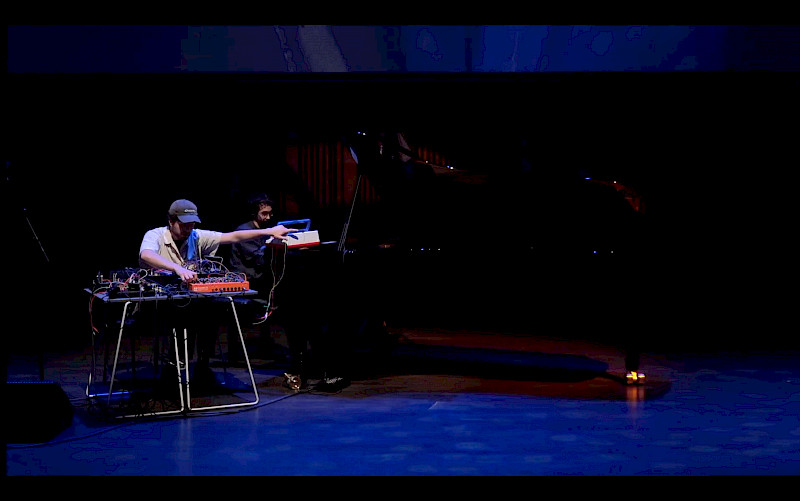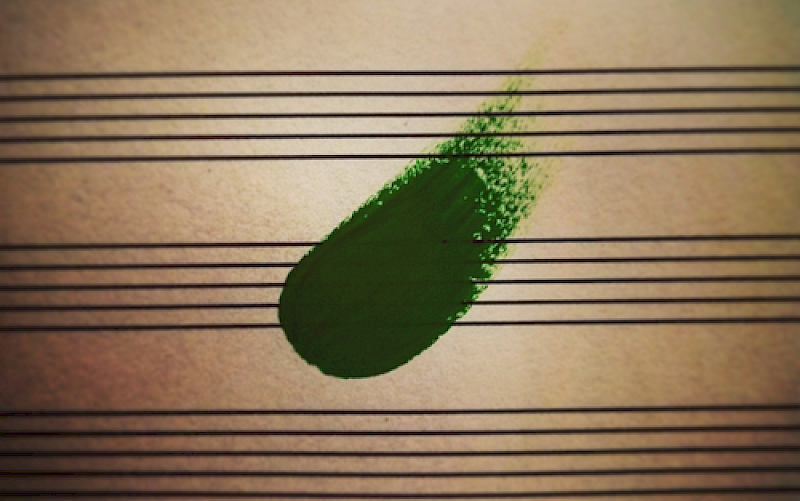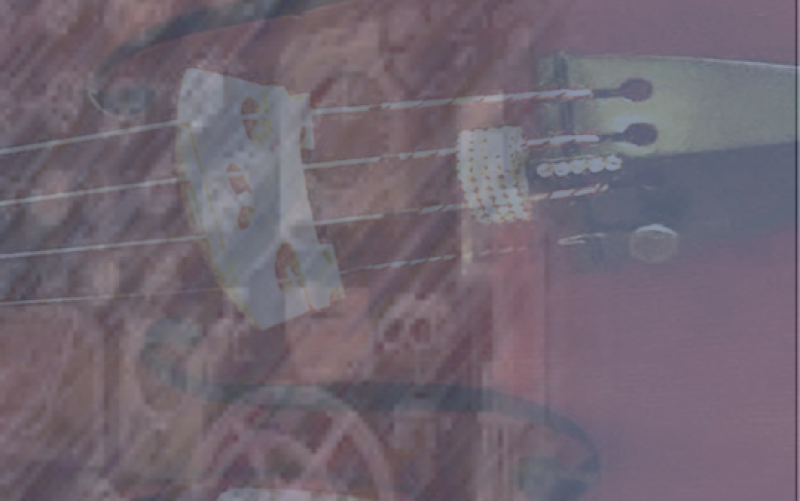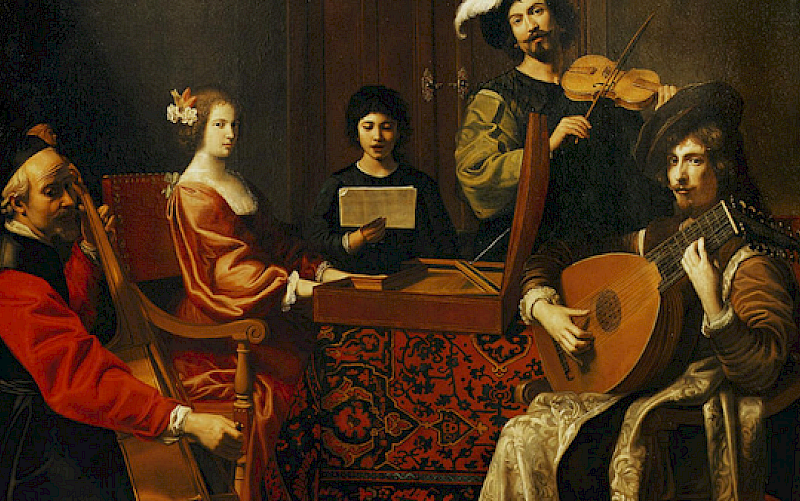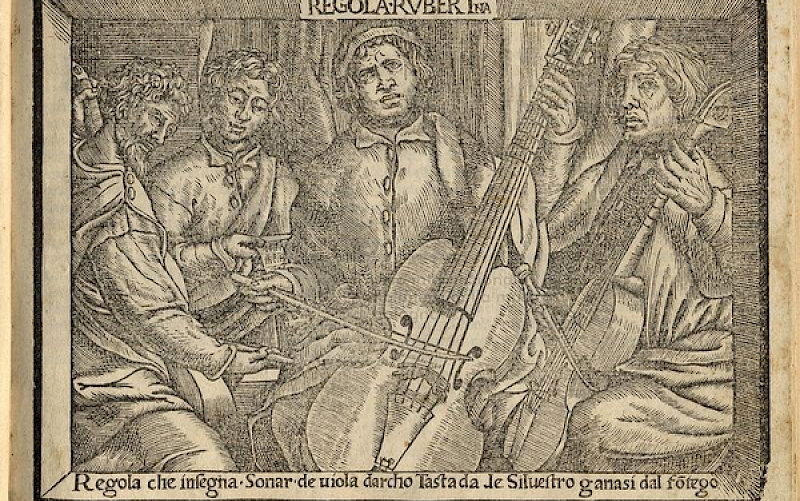Understanding Classical and Early Romantic Dynamics 1750-1830
In eighteenth century scores, dynamics were notated almost exclusively in a general way. The dynamics belonging to the melancholy or passionate development of a musical phrase or the minimal dynamical differences between a dissonant and a consonant in (for instance) a Mozart Adagio or a Chopin Nocturne are so subtle that it is even better to not notate anything. The deepest utterances of both the composer's and the pianist's soul cannot be caught in any notation. However, in my opinion many of the notated dynamical indications are not fully understood or mis-interpreted. At the same time, implied dynamics can be found (while today often not realized) in virtually every musical phrase. In this research project I have investigated classical dynamics, focusing on the local function of forte and piano, on crescendos and diminuendos, the influence of harmony, the dissonance-consonance resolution, the relative meaning of ff, the dynamics of high notes, and other factors, such as the density of the notation, the direction of the melody, the register of the phrase and the character of the work. This research is part of a larger research project on the nature of the classical language, addressing dynamics, rubato and phrasing.
Author: Bart van Oort

